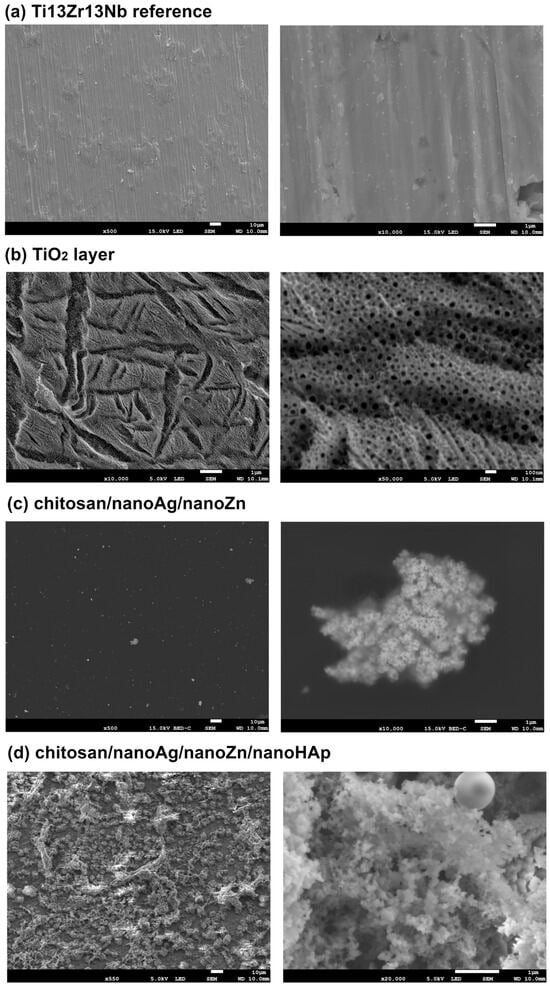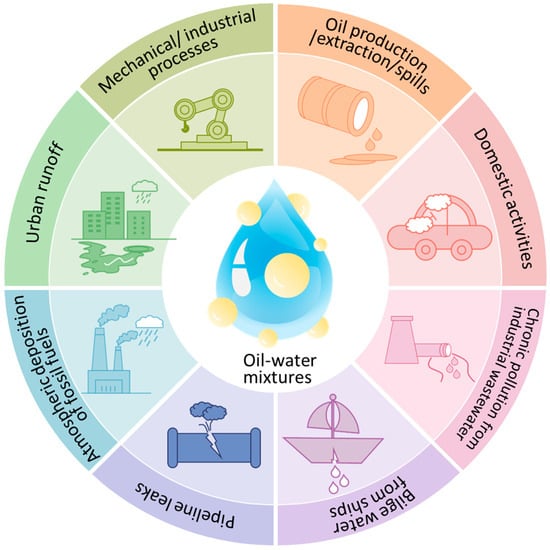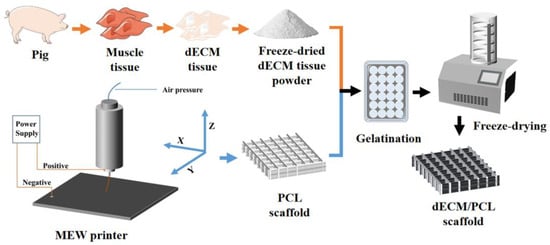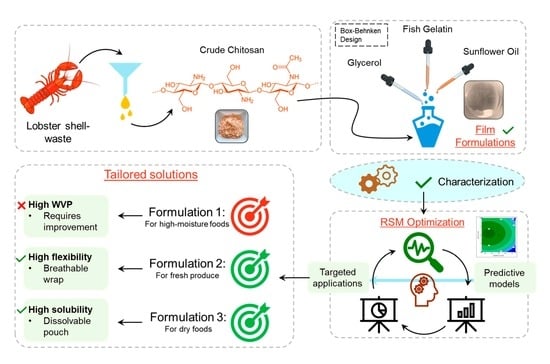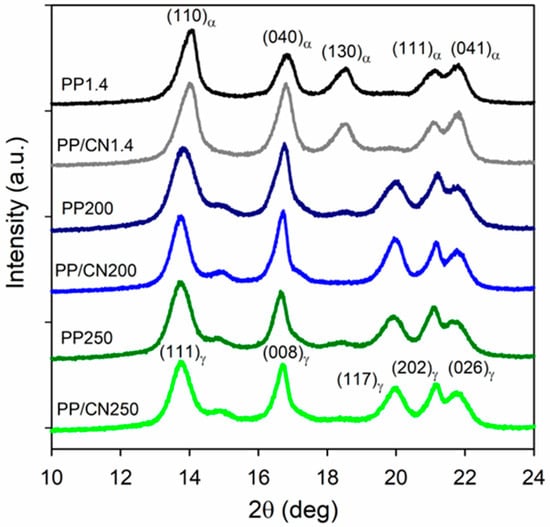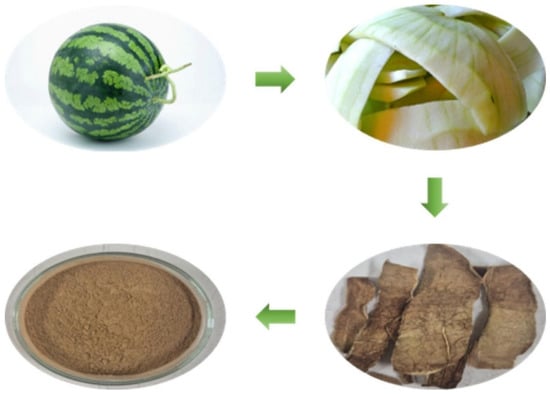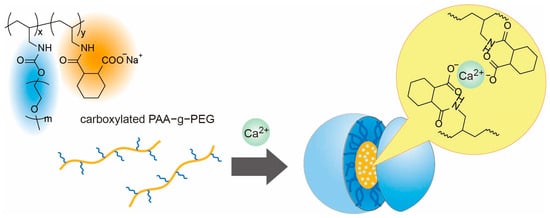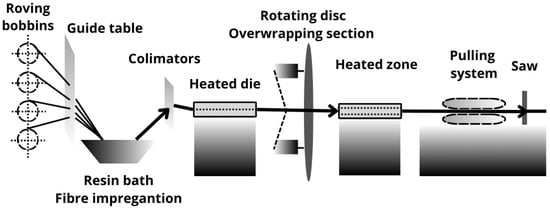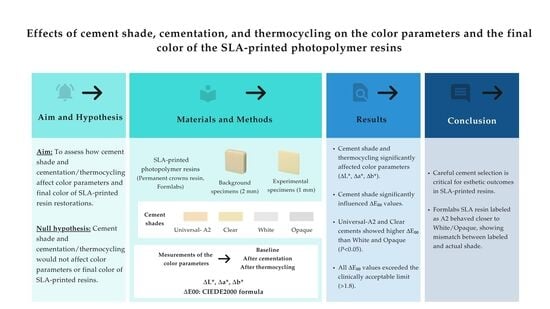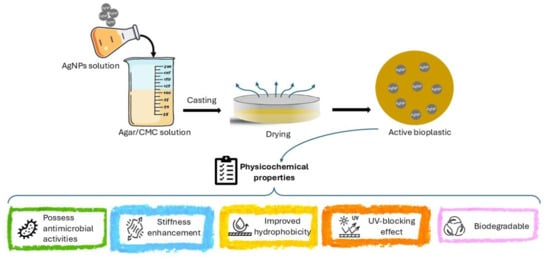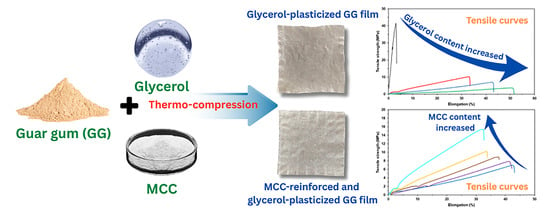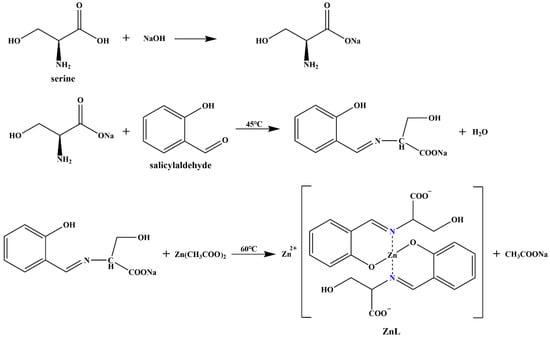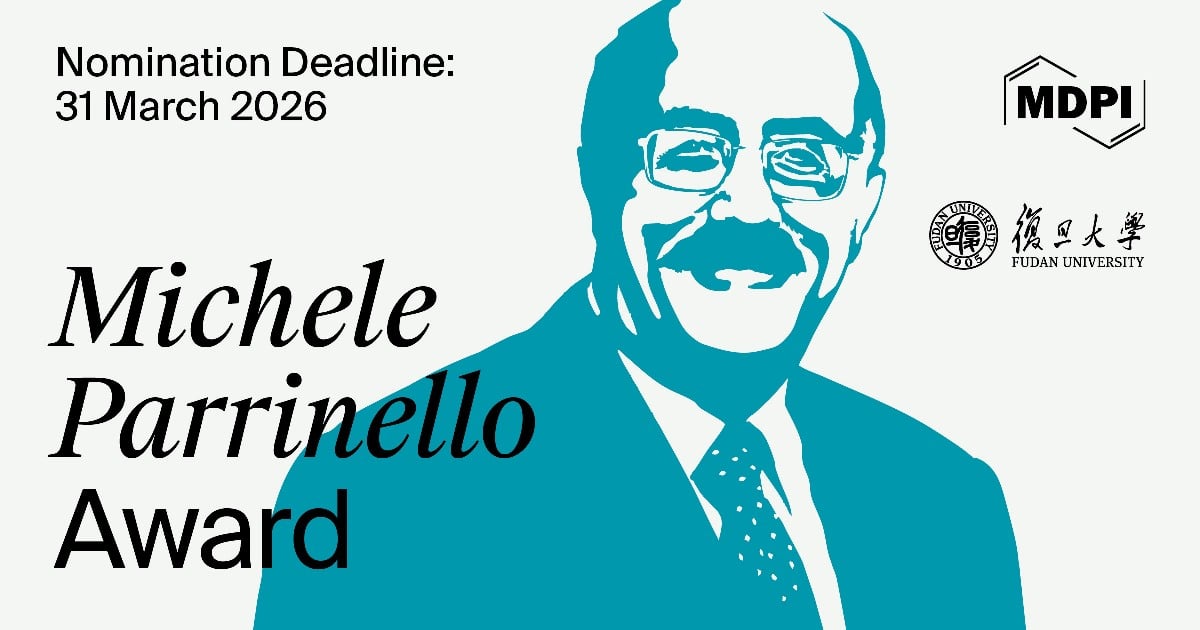-
 Eco-Friendly Membrane Separators Based on Furanoate Polymers for Li-Ion Batteries
Eco-Friendly Membrane Separators Based on Furanoate Polymers for Li-Ion Batteries -
 An Integrated Biorefinery Proof of Concept: The Synthesis of Fully Bio-Based, Functional Lignin Polyester Copolymers of Cyclic Anhydrides and Epoxides Towards Polyol Applications and Tunable Bio-Derived Materials
An Integrated Biorefinery Proof of Concept: The Synthesis of Fully Bio-Based, Functional Lignin Polyester Copolymers of Cyclic Anhydrides and Epoxides Towards Polyol Applications and Tunable Bio-Derived Materials -
 High-Detectivity Organic Photodetector with InP Quantum Dots in PTB7-Th:PC71BM Ternary Bulk Heterojunction
High-Detectivity Organic Photodetector with InP Quantum Dots in PTB7-Th:PC71BM Ternary Bulk Heterojunction
Journal Description
Polymers
- Open Access— free for readers, with article processing charges (APC) paid by authors or their institutions.
- High Visibility: indexed within Scopus, SCIE (Web of Science), Ei Compendex, PubMed, PMC, FSTA, CAPlus / SciFinder, Inspec, and other databases.
- Journal Rank: JCR - Q1 (Polymer Science) / CiteScore - Q1 (General Chemistry )
- Rapid Publication: manuscripts are peer-reviewed and a first decision is provided to authors approximately 14 days after submission; acceptance to publication is undertaken in 2.6 days (median values for papers published in this journal in the first half of 2025).
- Recognition of Reviewers: reviewers who provide timely, thorough peer-review reports receive vouchers entitling them to a discount on the APC of their next publication in MDPI journals, in appreciation of the work.
- Testimonials: See what our authors and editors say about Polymers.
- Journal Cluster of Polymer and Macromolecular Science: Polymers, Gels, Polysaccharides, Textiles, Macromol, Microplastics and Adhesives.
Latest Articles
E-Mail Alert
News
Topics
Deadline: 30 November 2025
Deadline: 20 December 2025
Deadline: 31 December 2025
Deadline: 28 February 2026
Conferences
Special Issues
Deadline: 28 November 2025
Deadline: 28 November 2025
Deadline: 28 November 2025
Deadline: 30 November 2025





